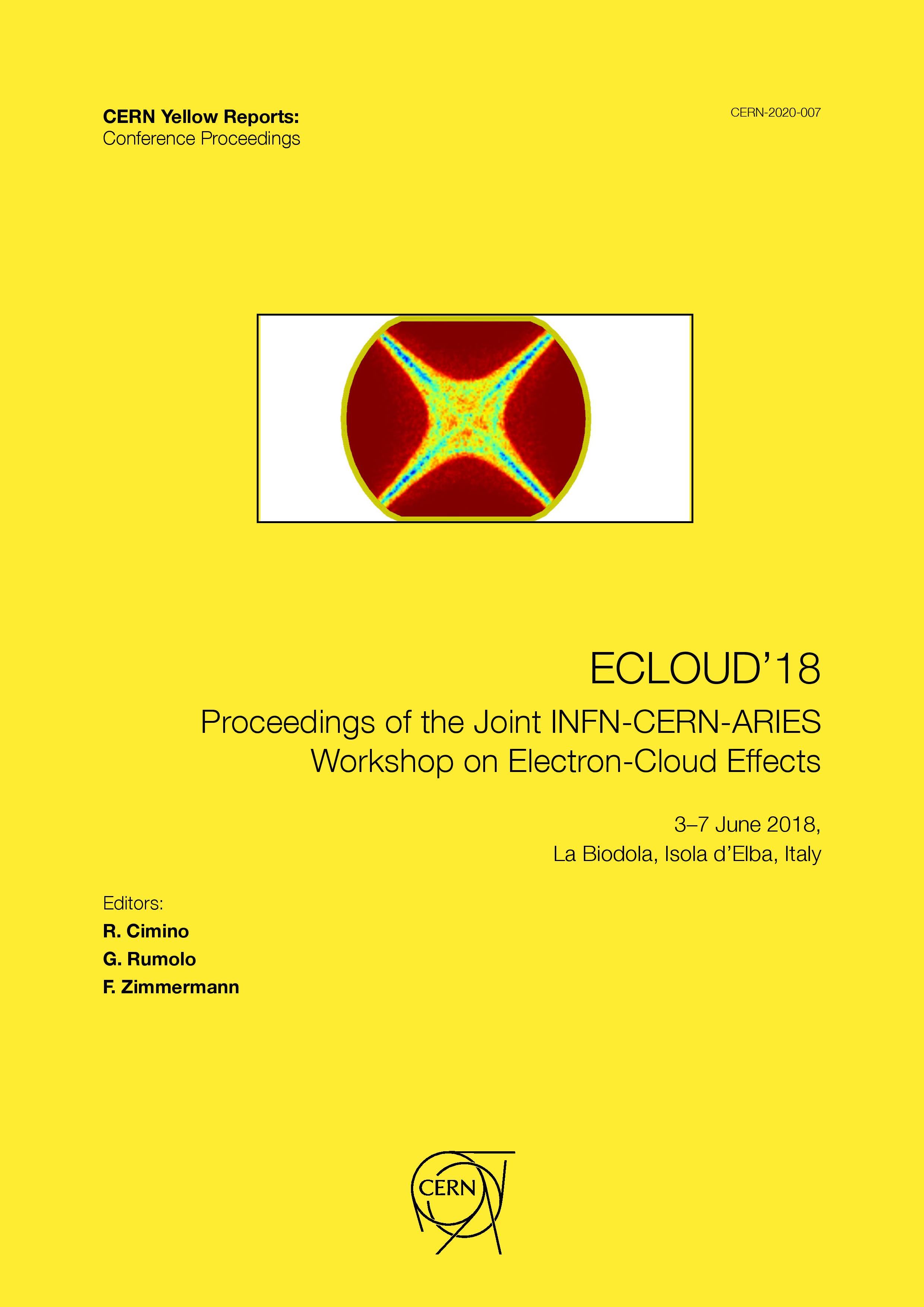Facets of spacecraft charging; critical temperature and dependence on ambient electron density
DOI:
https://doi.org/10.23732/CYRCP-2020-007.137Abstract
Spacecraft charging is important. Space plasmas, secondary and backscattered electrons, and surface conditions, are some of the main factors controlling spacecraft charging. At geosynchronous altitudes with Maxwellian space plasma, there are two properties for the onset of spacecraft charging. They are (1) existence of critical ambient electron temperature, and (2) independence of the ambient electron density. In space plasmas of Kappa or cut-off Maxwellian distributions, the two properties persist. In monopole-dipole configuration of dielectric spacecraft charging in sunlight, the high-level potential contours on the dark side wrap to the sunlit side and, as a result, the two properties also persist. However, the two properties do not apply to the following situations. They are charging by double-Maxwellian plasmas, charging by charged particle beam emissions, charging of plasma probes on spacecraft, low-level charging in the ionosphere, and low-level positive voltage charging of spacecraft in sunlight. We will summarize the various facets in a table, which, hopefully, will be very useful.
Downloads
Published
Issue
Section
License
Copyright (c) 2020 CERN

This work is licensed under a Creative Commons Attribution 4.0 International License.
Authors who publish with this publication agree to the following terms:
- CERN retains copyright and publishes the work licensed under the Creative Commons Attribution License 4.0 that allows others to share the work with an acknowledgement of the work's authorship and initial publication in this series.
- Authors are able to enter into separate, additional contractual arrangements for distribution of the published version of the work (e.g., post it to an institutional repository or publish it in a book), with an acknowledgement of its initial publication in this series.
- Authors are permitted and encouraged to post their work online (e.g., in institutional repositories or on their website) prior to and during the submission process, as it can lead to productive exchanges, as well as earlier and greater citation of published work (See The Effect of Open Access).

